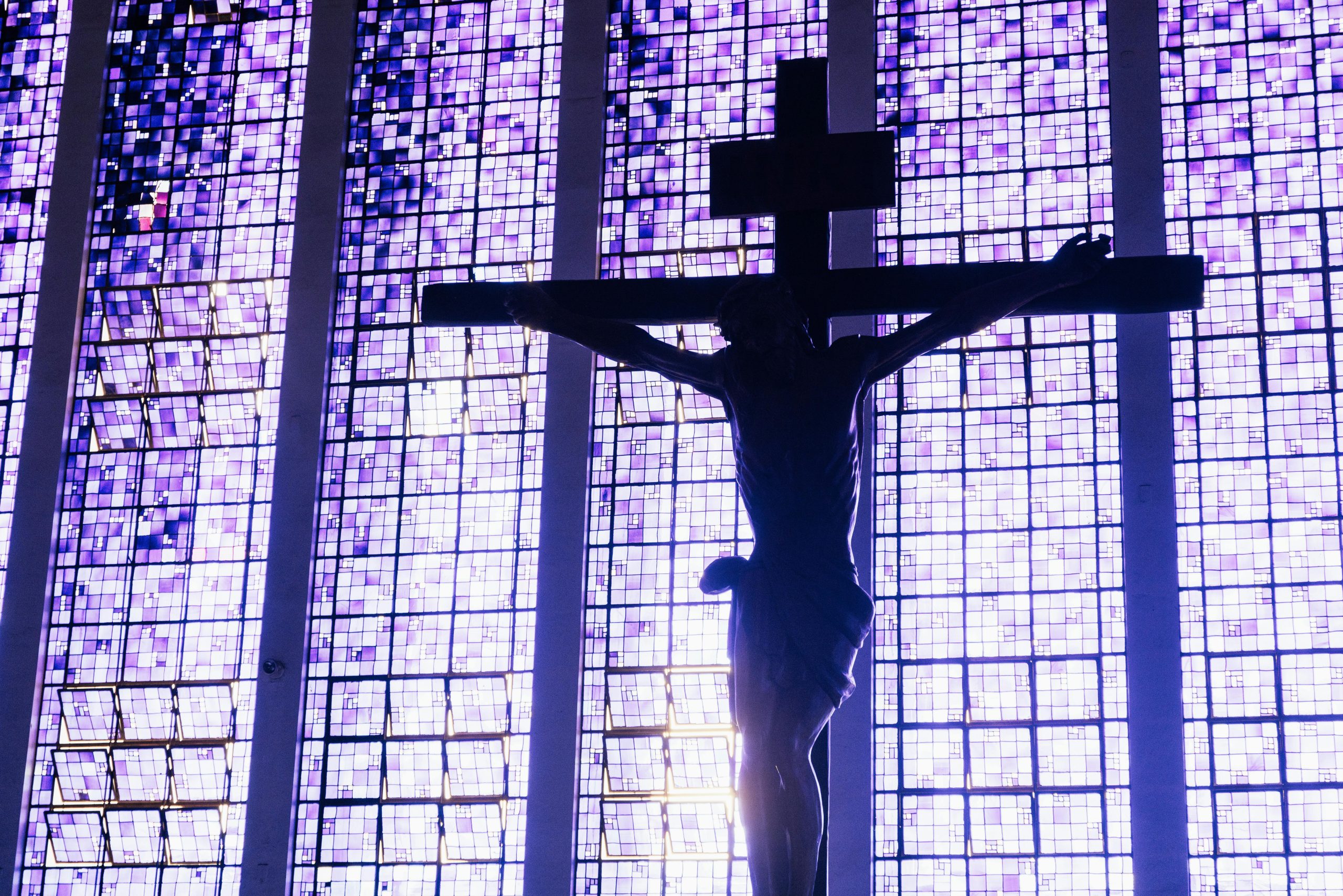The cross that symbolises our faith
14 September 2025 Holy Cross, Year C
John 3:13-17

This week’s feast is an ancient one, known as The Triumph (or The Exaltation) of the Cross. Legend has it that on this date, September 14 in 330, St Helena, a Christian, the mother of the Roman Emperor Constantine, discovered “the true cross” on which Jesus had died in Jerusalem.
Over the centuries, the cross has become the universal symbol of our Christian faith. Some people wear it around their necks. Many have a crucifix at home. A cross hangs in every Catholic Church. We venerate the cross during the liturgy on Good Friday. And every day we, like our forebears who have gone before us in the Faith, begin and end our prayers, including the celebration of the Mass, making the Sign of the Cross while we say, “In the name of the Father, and of the Son, and of the Holy Spirit.”
In this one simple gesture and prayer, the Sign of the Cross, we express the two great mysteries that lie at the very heart of our faith as Christians: God is Trinity – Father, Son and Holy Spirit in the One God – and God revealed his great mercy and steadfast love for us in Jesus’ death on a cross, for “God so loved the world that he gave his only Son” (Jn 3:16).
We can easily forget how shameful and humiliating death by crucifixion was. In the Roman Empire crucifixion was an oft-used form of execution that was calculated to instil fear and dread in the people and to discourage any would-be political agitators or subversives.
As St Paul writes, the cross was a scandal, a stumbling block, to the Jews and a folly, sheer foolishness, to the Greeks. No wonder that it was about three centuries before the symbol of the cross was represented in Christian art, life and worship, so shameful a death it was. And yet, as St Paul insists: “We preach Christ crucified.”
The second reading is one of the most important of St Paul’s writings. He writes that Christ, though enjoying a divine status, “emptied himself,” freely taking “the form of a slave,” humbling himself, even to death on a cross. “Therefore, God highly exalted him” so that all should confess that “Jesus Christ is Lord.” His crucifixion was not his defeat or failure but rather his victory and triumph.
St Paul exhorts his readers, including us: “let the same mind be in you that was in Christ Jesus.” St John captures succinctly what this “mind of Christ Jesus” involves: “Beloved, since God loved us so much, we also ought to love one another” (1 Jn 4:11).
When we make the Sign of the Cross, we also symbolise the cross that is ours to carry in our own lives, mindful at the same time of the resurrection and life of the world to come that Jesus’ victory wrought for each one of us. May the cross be our comfort in times of suffering, our refuge in times of trouble, and our safeguard on life’s journey.
Anne Hunt
© Majellan Media 2025
We encourage you to share and use this material on your own website. However, when using materials from Majellan Media, please include the following in your citation: Sourced from www.majellan.media
